Guides and books
Where to start
Fish-spotting is like bird-watching, or, if, you like, recognising cars. There are similarities all around the world, but vast differences locally. You need to find a guide.
The best guides are people. Especially local people. But you can't always find those: selfishly, they have lives of their own. So, if you're going snorkelling and you want to find out what that fish is, you need to find your own way of identifying it.
Local dive shops are always good - they sell fish identification cards that are regional, sometimes specific to a few miles of coast. The cards are really useful - they are weatherproof, you can scan them quickly, and they focus on the most common local species. The one on the right is from Rainforest Publications.
Under that is an extract from a guide published by www.picturebelize.com - but we can't find the website any more. Local publishers come and go, as the cards are often put together by enthusiasts: they're a very good starting point.
You could go online. The problem with internet searching for "fish" is that there are almost 8 billion people in the world, and they like eating seafood. You are quite likely to see your fish sitting next to a plate of chips.
If you get through that filter, there are 38 million anglers. There are a lot more angling guides than there are references for snorkellers. And then there are the aquarium people...
However, if you look for 'reef fish', 'plastic fish identification guides', or 'fish identification for xxx', you have a better chance of being lucky. In the UK, you could browse through the fish recognition books in Watersports Warehouse . It's one of the few outlets that seems to cater properly for snorkellers in the UK, and their service is good.
Calypsobooks.com is a US-based bookshop operating in the UK, boasting the widest range of fish books you can find - but we found the website difficult to navigate. If you're going to Hawaii, or some other US-accessible destinations, check out the ebooks published by www.tropicalsnorkeling.com - we haven't used them, but they look good.
You'd think someone would produce an app, but that's problematic. As we mention in Recognising Fish, there are 242,000 marine species in the world, with more being found every year. There's a lot to look at. Also, in the guides you will see a fish of one colour, but in the sea its colour might be so different as to make the fish almost unrecognisable. Fish don't stay still: and neither do they make sure they have the same colour as the guide books.
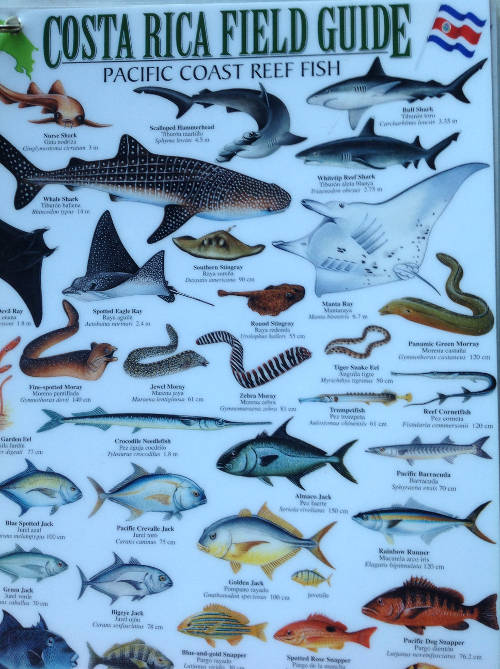
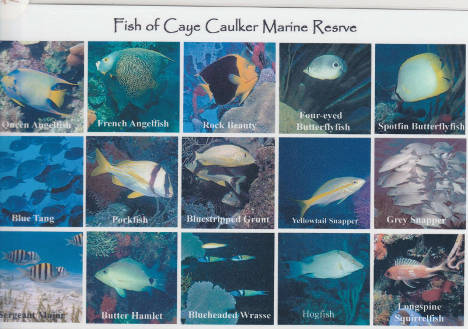
What to look for
You can help the identification process if you ask a few questions:
1 How big is your fish? (is it the length of your finger? Or as big as your hand?)
2 What shape is it? ( does it look like a vertical disc? A long tube or a pipe? A box?)
3 Where are the colours? (Is it the same colour all over, or has it got different colours on the fins? Has it got any distinguishing features, like a stripe or a mask?)
4 Is it weird? In what way is it weird? (Has it got dangly spines all round it, like a lionfish? Does it look like a seahorse, stretched out flat?)
5 Is it by itself or in a shoal?
6 What's it doing? (Is it eating coral, dibbling along the floor, hiding under a rock, cleaning another fish?)
7 What kind of tail has it got? (Is the tail forked? Is it in a straight line, like the end of a shovel? Has it got a bobble on it?)
There are lots of questions you can ask yourself - some books prompt ten or fourteen - so you need to find the questions that work for you. Don't overload yourself - try to find one or two features that stick in your memory.
When you get out of the water, and you're sitting on the beach trying to recall what you saw, you need to be able to say," I remember that fish because..."
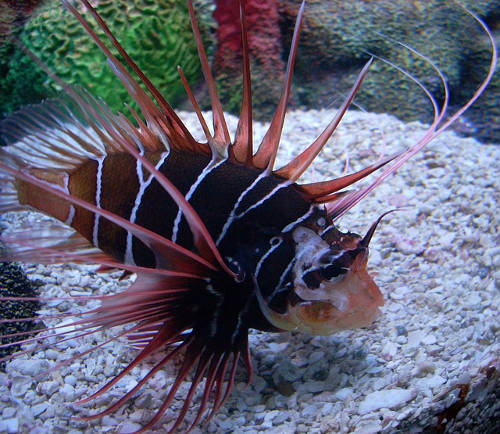
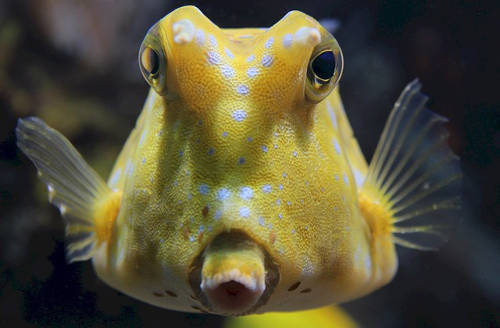
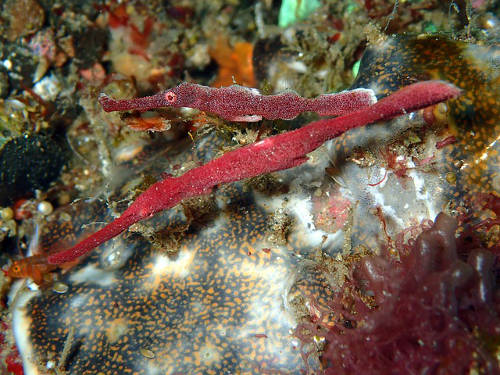
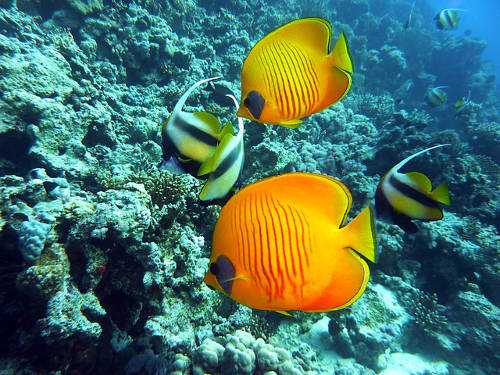
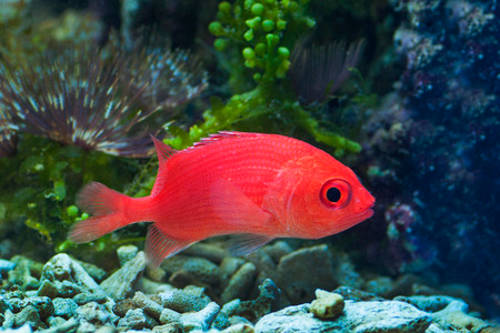
Getting better
Once you start understanding the basics, you may well want more in-depth information. The more advanced books tend to group fishes according to their shape - floating vertical disks are butterflyfish or angelfish, reddish fish with big eyes tend to be soldierfish or squirrelfish - that kind of thing. It's a way of trying to make sense of profusion. If you stick at the task of identifying one or two fish a day, eventually you'll start to find your way around.
There are some courses you could do - Florida-based Reef Environmental Education Foundation (REEF) run online training sessions, as does PADI (Professional Association of Diving Instructors), though PADI's is more explicitly scuba-based. We have yet to find a course exclusively for snorkellers. Even REEF describes itself as "An active association of divers and..."
We're not being needlessly pedantic here: there is an overlap between the fish that divers and snorkelers see, but there are also particular variations. We once spent ages watching a goby and a shrimp sharing a hole in the shallows. The goby acts as a lookout, and the shrimp digs the hole. Fascinating: but not the kind of things that scuba divers watch: you don't want to drag all that gear into nine inches of water. There are areas, especially in slow snorkelling, that divers just don't get into. So, for the moment at least, self-instruction is the way forward.
For the rest of this page, we'll describe the books we've used. Remember the golden rule: fish vary from region to region. Make sure your book refers to the right area.
Fishes of the Sea The North Atlantic and Mediterranean ISBN 0 7137 0539 6
Approx price: £9.50
The MIT Press, Cambridge, Massachusetts John and Gillian Lythgoe 1992
Hardback 256 pages (expands and recasts the first edition) 200 colour photographs and line- drawn illustrations. Fish are arranged by class, family and species.
Area: from the US and Canada to the Mediterranean, including all the coasts of Europe. Excellent book - they really know their stuff. But it weighs more than a kilo...
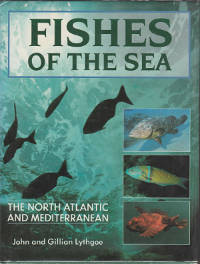
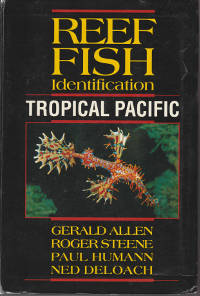
Reef Fish Identification Tropical Pacific
ISBN 978-1-878348-36-4 Approx price: £22.20 - $45.00 US
New World Publications Inc.,U.S. Gerald Allen, Roger Steene, Paul Humann, Ned Deloach 2010
Paperback 457 pages. Comprehensive field guide with 2,500 underwater photographs of 2,000 species with short essential descriptions.
Note: Ebook available in US, Mexico and Canada $29.99 US
Area: From China and Thailand via Indonesia to Australia and French Polynesia. Astonishing piece of work. Also more than a kilo.
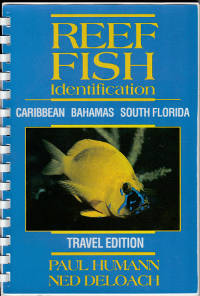
Reef Fish Identification: Caribbean, Bahamas, South Florida
ISBN 978-1-878348-45-6 Approx price: £12 - $29.95 US
New World Publications Inc.,U.S. Paul Humann and Ned Deloach 2013
Another book from the impressive New World Publications. Travel edition. Spiral bound paperback (waterproof covers) 132 pages. Features photographic illustrations and information on 281 species of Reef Fish including their common, scientific and family names, descriptions, identification markings, preferred habitat and range.
Area: From the Gulf of Mexico across the Caribbean as far as Trinidad and Tobago. Good, practical book that travels well.
An Underwater Guide to Indonesia ISBN 981 204 995 9
Approx price: £9.30
Times Media Private Limited, Singapore Dr. R. Charles Anderson 2000
Hardback 160 pages. 250 photographs with essential information on marine life including corals, marine reptiles, sea snails, lobsters, bottom-huggers, pufferfish, starfish and sea slugs.
Area: Indonesia. If you're planning on snorkelling in Indonesia, you should buy this book for the first chapter alone - it's a stunning introduction to the history and variety of Indonesian marine life. The rest of the book is wonderful too.
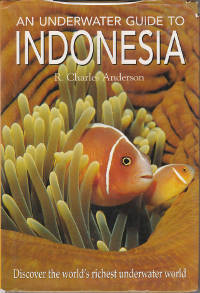
Living Reefs of the Maldives ISBN-10 99915-801-1-5
Approx price: Out of print. £0.01 + delivery
Novelty Printers and Publishers, Republic of Maldives Dr. R.C. Anderson Undated (1990)
Hardcover, 100 pages. Part I Corals, Reefs and Atolls; Part II Marine Invertebrates, including Sponges, Corals, Worms, Molluscs, Crustaceans, echinoderms and Sea Squirts. Photographic illustrations.
Area: Maldives. Another book from Dr Anderson, who knows how to write this stuff. This one's a fascinating introduction to the coral reefs of the Maldives and the creatures that live there. Not so much the fish, more the corals, the sponges, the history and a good deal of general information about reefs.
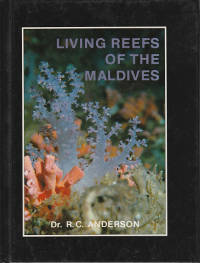
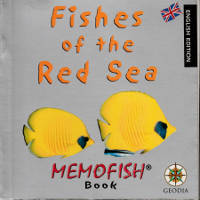
Fishes of the Red Sea ISBN 88-87177-42-2
Approx price: 12 euro
Memofish Book, Geodia (Verona, Italia) English Edition
Alberto Siliotti 2002
Paperback, 287 pages with about 700 most common species of fishes.
Mainly drawn images. Includes a lot of useful and simple graphic information: Description, Habitat, Distribution, Biology and Behaviour, and occasionally an Index of Dangerousness.
Area: Red Sea. Small book that fits in a bag. Surprisingly useful.
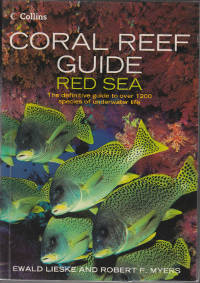
Coral Reef Guide - Red Sea ISBN 13: 978 0 00 715986 4
Approx price: £17-22
Harper Collins Publishers Limited
Ewald Lieske and Robert F. Myers 2004
Description: Paperback 381 pages with about 1200 species described, including fish, turtles, whales, dolphins, corals and marine plants in the Red Sea to Gulf of Aden, South Oman. Photographic illustrations with Description, Biology, Range and Similar.
Area: Red Sea. This book is stuffed with our notes and page markers. It's an intensely practical, well-organised guide to Red Sea Marine life. Recommended.
Marine Picto Life - Western Tropical Atlantic.
ISBN 978-2-9527809-0-2 Price: €24.
www.pictolife.net 2004
From the Bahamas to the Caribbean, including the Gulf of Mexico, describes 281 marine species in a waterproof and laminated format. All items described using an ingenious system of pictograms in five languages.
Area: Caribbean. This is an intelligent idea with great graphics, but we were oddly disappointed: we didn't feel there was enough information on each species. You may feel differently.
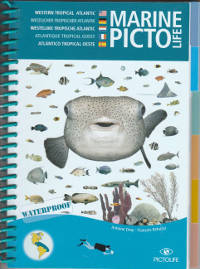
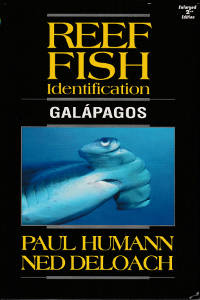
Reef Fish Identification: Galápagos ISBN 978-1-878348-35-7
Approx price: $21.
Co-published by New World Publications Inc and Cotopixel Ediciones, 2003
Paul Humann and Ned Deloach
The most comprehensive fish guide ever published for the Galapagos Islands.
Area: Galapagos. We know the publisher and authors from their books above: this will not disappoint.
Fish identification charts
Some of the local charts we have found are produced by small firms and don't have websites: almost all of them have disappeared, so we did a search in Feb 2018. These websites may or may not still be in business: and we can't vouch for them..
www.reefteach.co.au
www.fishes-fishing.com
www.aquaquest.com
www.divelogs.com
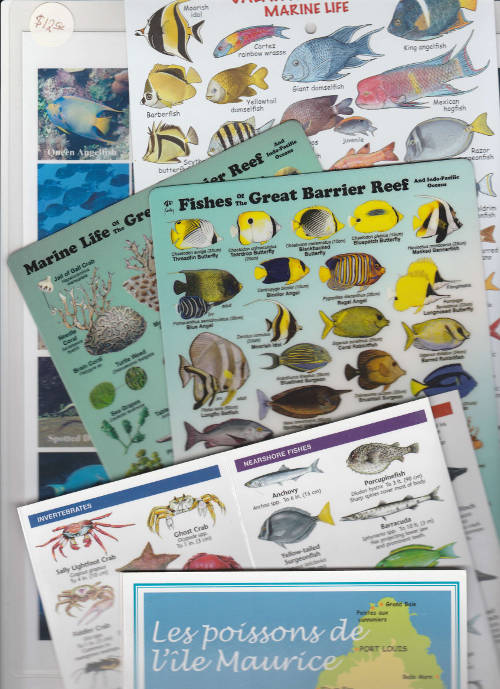

Usual warning: we have made very effort to make sure this information is correct and up-to-date, but you need to check it all yourself.
© Garreg Lwyd 2018
